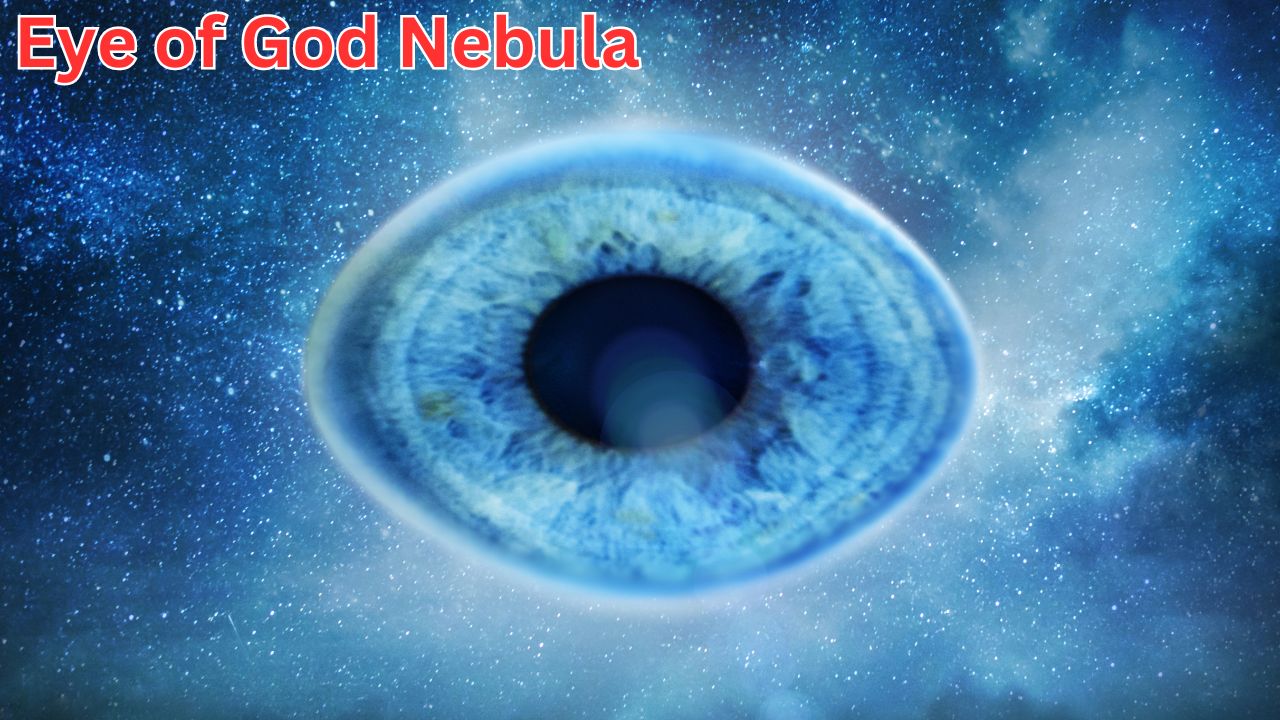Introduction
Eye of God Nebula is a captivating celestial phenomenon that has mesmerized astronomers and stargazers alike. Officially known as the Helix Nebula, this stunning cosmic structure resembles an eye gazing out from the depths of space, earning it the evocative nickname that captures the imagination. Located approximately 700 light-years away in the constellation Aquarius, the Eye of God Nebula is a beautiful example of a planetary nebula, which forms when a star similar to our Sun reaches the end of its life cycle.
As the star sheds its outer layers, the expelled gas creates a glowing shell of ionized gas, illuminated by the intense ultraviolet radiation from the remaining central star. This process results in the nebula’s distinctive, eye-like appearance, with intricate patterns and vibrant colors that showcase the dynamic interplay of light and matter in the universe. The Eye of God Nebula not only provides a stunning visual spectacle but also offers valuable insights into stellar evolution and the life cycles of stars. By studying this remarkable nebula, scientists can enhance our understanding of the universe and the forces shaping its most beautiful and enigmatic features.
What is the Eye of God Nebula?
Description and basic characteristics
The Eye of God Nebula, otherwise called the Helix Cloud, is a striking planetary cloud found roughly 700 light-years from Earth in the star grouping Aquarius. Its moniker is gotten from its eye-like appearance, which is because of the manner in which the focal star’s light collaborates with the encompassing haze of ionized gas. This cloud is one of the nearest and most point by point planetary nebulae to Earth, offering a special chance for space experts to concentrate on such items.
The Helix Cloud is generally 2.5 light-years in breadth and elements a splendid, ring-like design made out of sparkling ionized gases. At its middle lies a hot, white small star — the remainder of the first star that ousted its external layers. The focal star’s extreme bright radiation ionizes the encompassing gas, making it emanate apparent light. The cloud’s design is exceptionally symmetric, with a focal pit encompassed by a thick, torus-molded shell of gas and residue.
One of the most captivating parts of the Eye of God Cloud is its mind boggling, multifaceted appearance. The external layers of gas are in many cases seen in shifting shades of red and blue, demonstrative of various ionization conditions of the components present. This visual intricacy furnishes cosmologists with vital information on the elements and creation of planetary nebulae.
How it earned its nickname
The Eye of God Nebula, referred to officially as the Helix Cloud, procured its reminiscent epithet because of its striking similarity to a goliath, enormous eye. This epithet catches the creative mind by comparing the cloud’s unpredictable construction to a natural eye staring out from the profundities of room. The similarity is especially articulated in pictures taken by strong telescopes, where the cloud’s brilliant focal district, encompassed by a vivid, ring-like shell of gas, makes an enhanced visualization suggestive of an eye.
The focal star, which stays after the star’s external layers have been ousted, fills in as the “student” of this grandiose eye, with the encompassing gas shaping the “iris” and “sclera.” The clear tones and itemized designs apparent in these pictures are the consequence of the connection between the serious bright radiation from the focal star and the encompassing ionized gas. This staggering appearance has made the **Eye of God Nebula** a #1 among both beginner and expert stargazers, representing the excellence and intricacy of divine peculiarities. The epithet reflects not exclusively its appearance yet additionally the striking idea of one of the universe’s most charming elements.
